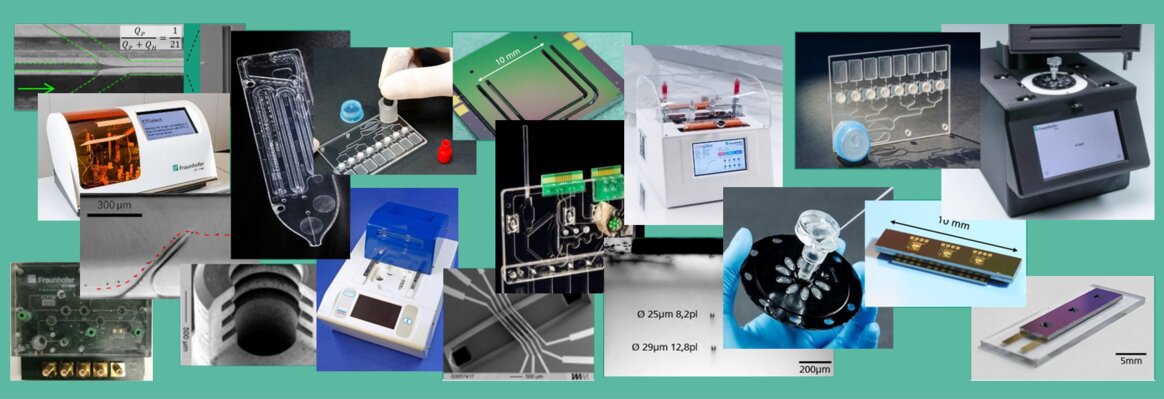

 Favorite (5)
Favorite (5)
In this application-oriented development of fully integrated and automated microfluidic analysis systems, they draw on a "microfluidic construction kit". This is a combination of mass production compatible and microfluidic components such as the injection molded cartridges and the associated operator device for new laboratory and on-site applications.
The development work of the team, consisting of physicists, biologists, chemists and mathematicians, is aimed at bringing an application idea to functional proof in a short time and building fully functional and economical demonstrators up to pilot series. Particular importance is attached to optimal manageability and unrestricted usability in future use as well as compatibility with relevant manufacturing methods.
The main focus of the research work is on cancer diagnostics or liquid biopsy, infection diagnostics, pandemic prevention and antibiotic resistance, and bioanalytics for industrial media and food safety.
Take the example of microfluidic solutions for POC testing: the development of POC technologies based on microfluidic solutions has a long history at Fraunhofer IMM. They form the basis for new concepts to prevent the spread of infectious diseases. Current results with commercially available assays for SARS-CoV-2 detection have demonstrated the outstanding performance of the Mainz POC-PCR technologies with comparable results in sensitivity and specificity to normal PCR systems with a test duration of 15 minutes and less. The additional advantage is cheap components for the construction of the ultrafast POC-PCR technology.

Another project - CTCelect - supports cancer research in the isolation of circulating tumor cells from patient blood. Cancer is one of the most common causes of death in Germany. This is an immensely broad field with countless diagnostic and therapeutic approaches. Isolation of isolated circulating tumor cells (CTCs) from patient blood is particularly promising in diagnostics. The BMBF-funded project is making significant progress in this area. In an integrated approach including user surveys as well as ethical and legal aspects, the project partners developed a system for CTC isolation that is robust and easy to use for the user and is based on the patient-friendly collection of a blood sample. With the help of the development status of the open and thus flexibly applicable CTCelect system, which has been validated on real samples, extensive new results in medical research are made possible.
The Mainz research group is also involved in the SME acute cluster SiCellNet together with three other Fraunhofer institutes. SiCellNet stands for Single Cell Network and is a virtual research campus that bundles R&D services for SMEs and thus provides a central point of contact for SMEs active in this product segment. Advanced single-cell tools are designed to make the isolation, positioning and analysis of biological cells more efficient. The cluster provides suitable process steps with targeted development capacities and infrastructures for these SMEs and creates such feasibility studies for single cell printing and validation projects for chip-based analysis.
The past one and a half years with the Corona pandemic have shown us that research and development in diagnostics and the transfer of their results into real products and applications must be stepped up. It is an important building block for future pandemics and their control, as well as for other diseases such as cancer.